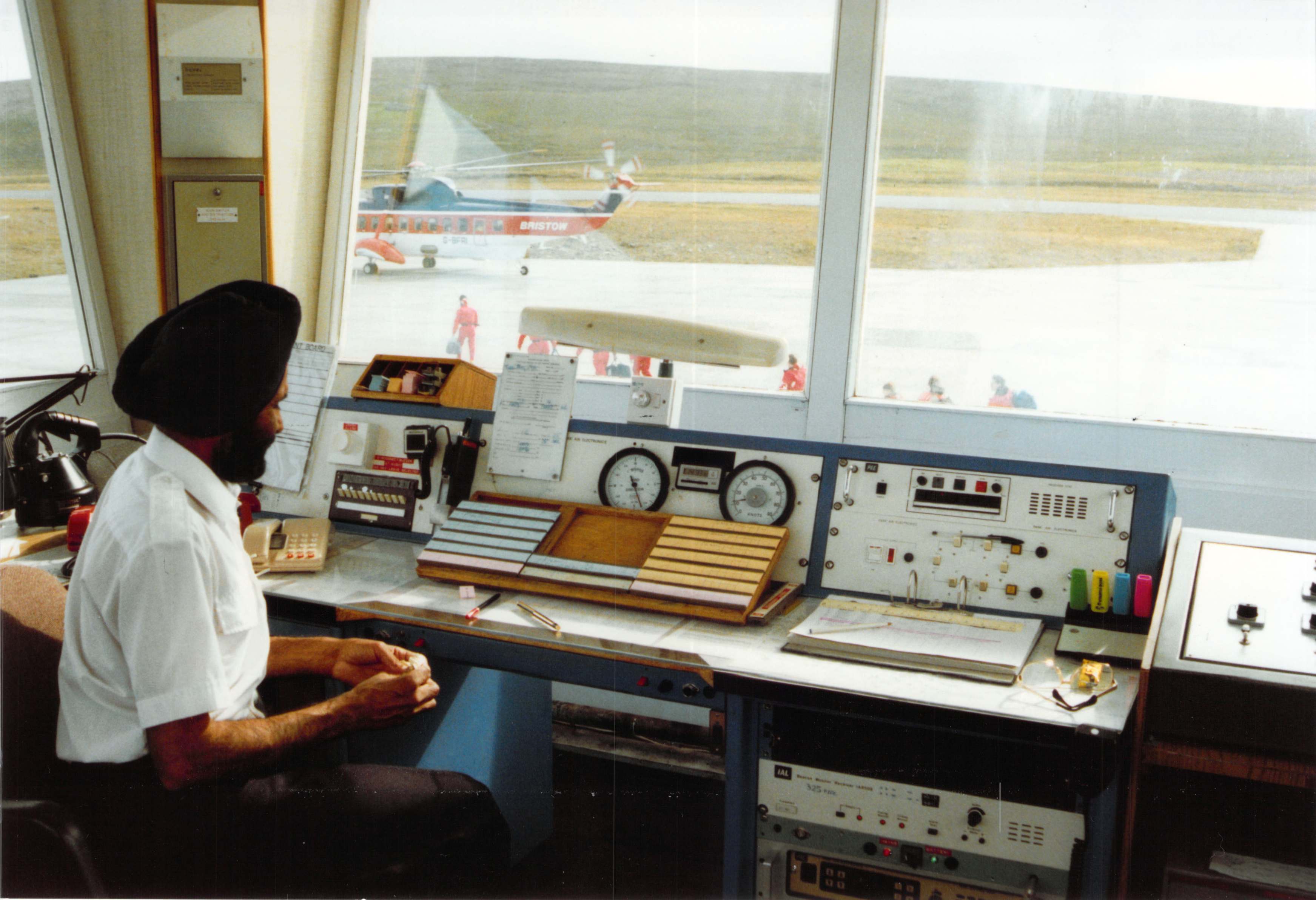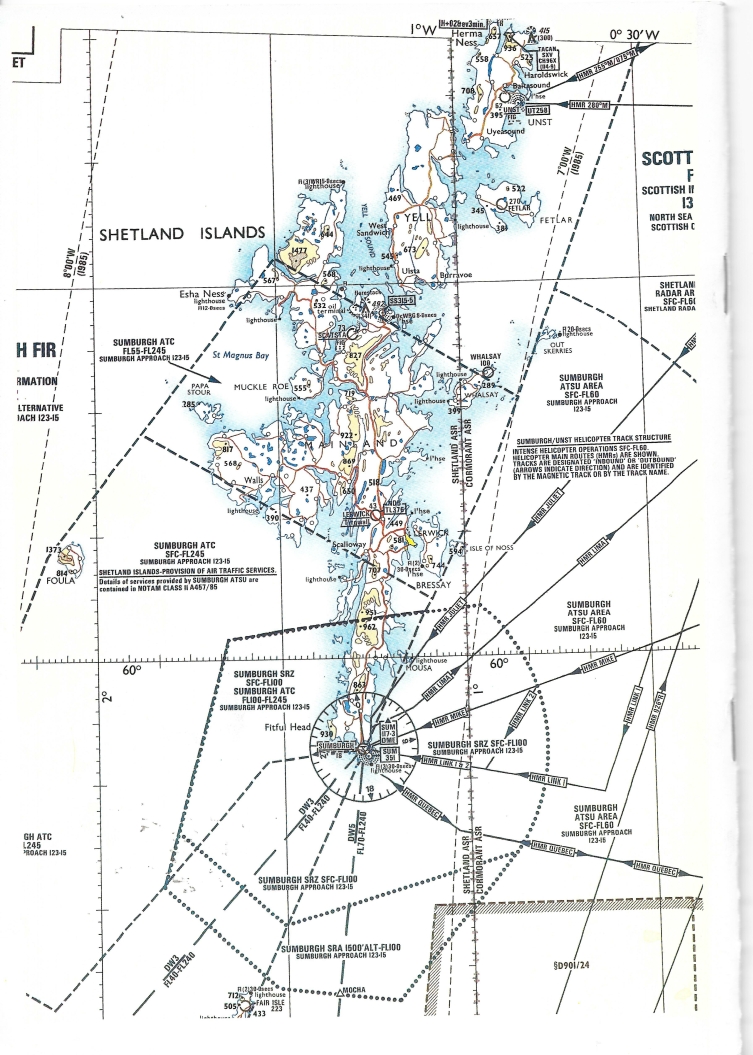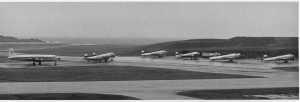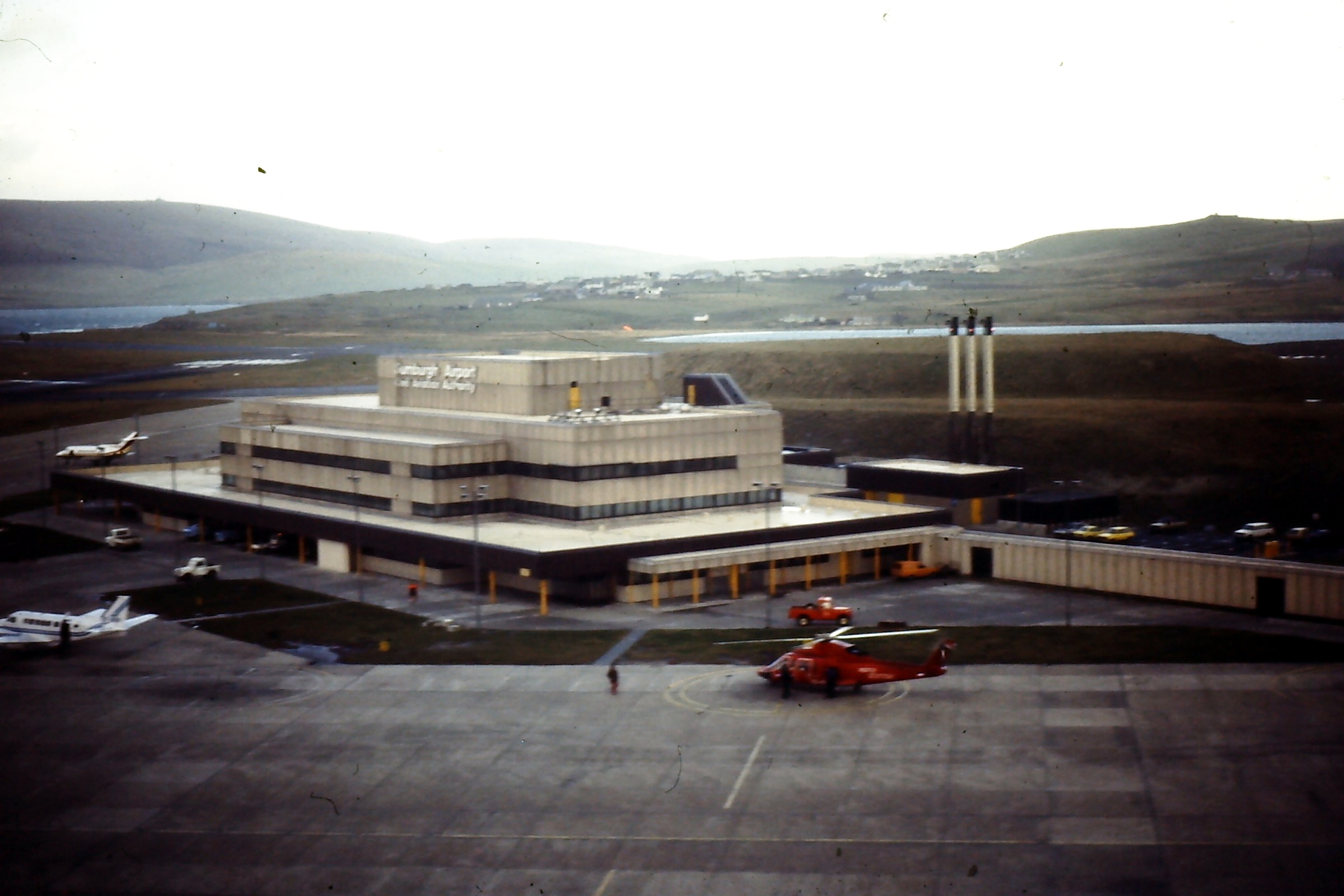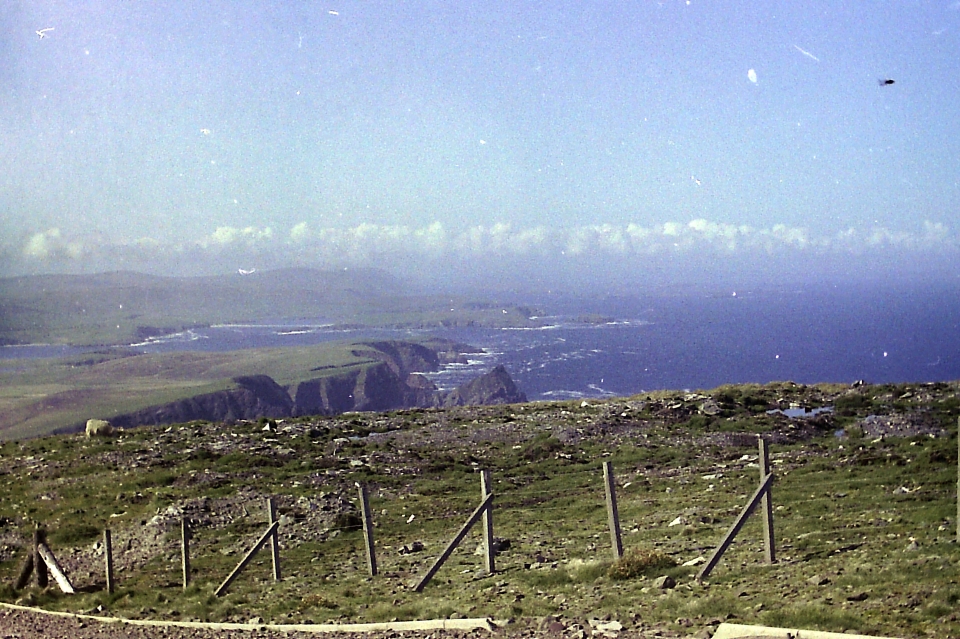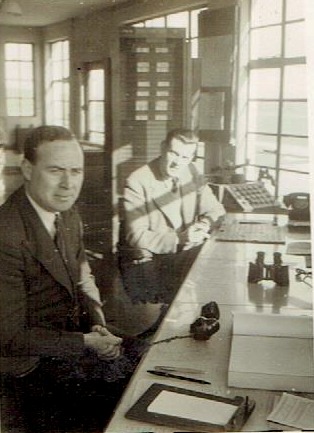The Start ……………
In 1937, Britain was the first country in Europe to establish training courses for Air Traffic Controllers – setting up a ‘one room’ training facility in the Post Office building at Goodge Street, in London. Courses consisted of a dozen students learning wireless telegraphy and its application to Air Traffic Control, flight rules, instrument flying, meteorology and navigation. A year later they moved to rooms over ‘The Hoop and Toy’ public house by South Kensington station in London.
Apart from major advances in telecommunications and radar, the 1939 –45 war also generated a need for local control in the airspace around busy military aerodromes. The UK was also responsible for the organisation and management of complex airspace and air route structures such as those set up between Southern England and Northern France after the invasion of Normandy in June 1944. With this experience, in Europe Britain gained a unique lead in ATC procedures. Many former corporate members of GATCO such as Marconi, Plessey, Decca, Ferranti and Cossor were central in developing the technology that enabled and supported these advances.
By late 1944 some RAF Airfields were surplus to requirements and two, Aldermaston and Hurn, were transferred to BOAC to use as training and engineering bases. The official view seems to have been that there was some synergy in aircrew and ATC training and presumably because it was closer to London, Aldermaston hosted the forerunner of the present College.
 SA1
SA1
US Army Air Force Gilfillan GCA MPN-1
After the war, the rapid increase in civil aviation highlighted a further need for advanced ATC training and, in 1947, the Aldermaston School was training radar controllers to use the Gilfillan MPN-1 GCA (Ground Controlled Approach) Units using equipment purchased from the USAAF. In 1948, the Aldermaston unit was relocated to Hurn along with other elements of ATC training. As such, the School of Air Traffic Control was formed in 1949 with a teaching staff of six: occupying an assortment of temporary accommodation, including wartime huts!
 SA2
SA2
Site of School of ATC at Hurn in 1949
 SA3
SA3
GCA course with the Airspeed Consul target aircraft in the background.
On the back row, left to right are understood to be
1. Tom Sawyer, 2. Norman Whitelock, 5. Lou Parton, 6. Fred Mountain, 7. Billy Boyes, 8. Dougy Woods, 9. John Waddell, 11. Bill Hewyer, 12 Bill Blott, 13 Wally Wallis, 14.Roy Norfolk
On the front row left to right
- John Gilbert, 2. Dennis Brown, 3. Brian Pegden, 4. Adrian Wright, 5. Dave Scot-Martin,
Lou Parton, Billy Boyes and Dougy Wood were instructors, Wally Wallis was the Chief Instructor Procedural and Roy Norfolk DFC was the Superintendent.
In 1950 the first new entrant ATCO course ran and also in that year the first of the School’s Foreign and Commonwealth courses. By the end of 1950 the School had trained 234 UK and 16 overseas students. Over the next 10 years the staff rose to number 20 under a Superintendent and in 1959 the School trained 386 UK students and 86 overseas students. These achievements were recognised by the GATCO, who presented the School with the Guild’s highest award, the Hunt Trophy.
 SA4
SA4
Typical course photo from the 1950s
Back Row
1 Alan Mile, 2 Billy Boyes 3 Al Dixon 4 Pete Reavley, 5 Doug Shoulder, 6 Lou Smith 9 Dickey Stokes (instructor) 12 Phil Martin, 14 Frank Blackaby, 16 John Gilbert, 17 Brian Pegden.
Front row
3 Lou Parton 4 John Griffiths (instructor), 5 R F Bulstrode (Superintendent), 6 Wally Wallis 10 Les West
 SA5
SA5
1956 Area Course
The reason for the Mortar Boards and Garden tools remains a mystery
Back row
1 Billy Boyes, 2 Brian Pegden, 3 ? Monk, 4 Tom Newton, 5 Tom Shaw, 6 John Clarke, 8 Dicky Stokes, 9 Tom Harrison,10 John Waddell, 13 Johnny Mes, 14 John Gilbert.
Front row
1 Towers-Perkin, 2. Lucky Craven 4. Wally Wallis, 5. Dougy Wood, 6. Lou Parton.
Tom Newton, Tom Shaw, John Clarke, Johnny Mes and Tom Harrison were all on an airways course due to the closure of Bovingdon. John Gilbert thinks the year of the photo was 1956.
The following two group photos have been sent in by Malcolm Hemmings
![33 Area Course 1959 [238890]](https://atchistory.files.wordpress.com/2015/07/33-area-course-1959-238890.jpg?w=300) SA5a
SA5a
No 33 Area Course 1959
School Superintendent Frank Bulstrode centre front row
centre rear row is Adrian Wright, next right and slightly behind is Eric Parker. Fifth from left on the back row is Freddy Frost
![75 Radar Course, 1958 [238891]](https://atchistory.files.wordpress.com/2015/07/75-radar-course-1958-238891.jpg?w=300) SA5b
SA5b
75 Radar Course, 1958
School Superintendent Frank Bulstrode centre front row. Freddy Frost is on this one too, at the back 6th from right.
Back row 3rd. from left is Peter Hemming – Christopher Hemming

SA5c John Faulkner sent in this new group, his late father-in-law, Harry Foster, is No 8 from the right in the back row, immediately behind Frank Bulstrode. John doesn’t have a date for the photo; Harry subsequently worked entirely overseas, in West and East Africa.
(In the very back row 4 from the left and to the left of the little tree is John Holland and some others are hauntingly familiar. Please let us know who you can spot – atchistory)
The old buildings were somewhat restricted in their (non-radar) simulation facilities. This was a limitation for the Schools own students and a real problem for the many “non state” controllers who didn’t attend the School’s courses but who would be examined on the same airspace and procedures. So that they could familiarise themselves with the practical exam environment a number of remote units were set up, called Field Training Units, which provided simple aerodrome and approach control simulators and instruction. They were located in or near the towers at Aberdeen, Stansted, Birmingham and Hurn. The School was quick to use the FTU facilities for its own students too, continuing long after the new building opened in 1962. Birmingham FTU became a centre for radar simulation training too.

Hurn FTU
Tower simulators were very basic, with aerodrome layout drawings showing the circuit pattern too. These drawings were over-layered with Perspex and drilled through at critical points around the map. Aircraft were represented by map pins, which were inserted in the holes. It sounds basic, but it worked and even the much later light driven aerodrome simulators were only updated versions of this simple concept that originally mirrored the then contemporary military ATC tower control techniques.
 SA6
SA6
The School possessed a link trainer (and early instrument flying simulator) presumable to help with teaching navigation, R/T or instrument procedures.
Edward Jones (ex Manchester) said that he is in the bottom right hand corner, with Jock Kerr in the link, and they were demonstrating RTF phraseologies in 1959 as they both had previous experience as Aerodrome Controllers – it was an instructor in the back corner. The remainder of the course (behind the camera) were all ex pilots and navigators.
 SA7
SA7
Radar simulators were yet to appear and much of the practical training with carried out under supervision using dedicated live traffic controlled from School utilised facilities within Hurn tower. Long after radar simulation became available in the 60s students still did some live training at Hurn. The target aircraft were from the Civil Aviation Flying Unit originally with Airspeed Consuls later with Doves and then contracted-in Twin Commanches. The most extreme and popular version of this external training was when the area radar training facilities at nearby RAF Sopley were utilised for joint military/civil area radar courses to help overcome a shortage of civil area radar simulation capacity in the 60s.
 SA8
SA8
The old School had at least some comfortable accommodation, except perhaps in mid winter
Retired ATCOs can still recall those ‘training times’, remembering the Rabbits who had took up residence under the radar training classroom and the hut used for Technical Staff Courses which needed a row of buckets to catch water every time it rained! The relationship with the airport was much closer in those days. It had yet to be transferred to local authority control so all the airport staff facilities were available to the School. This included use of “The Club” a snug well furnished wartime Nissen hut where a light lunch (well a cheese or ham roll, pork pie or sausage roll usually) was available with mustard or pickle and a glass of beer and crisps on the side.
During its first 10 years the School of ATC grew steadily and by 1959 its staff had risen to 20 and students to 472, of which 386 were UK and 86 Overseas. Clearly, the ‘arrangement’ of wartime huts was totally insufficient for the training task and, as such, the decision was taken to build a new establishment on an adjacent site.
Acknowledgement. John Gilbert, without whom many of the faces above would not have names.


SA 9 a group photo of 91 Radar course in 1960 provided by John Douglas. The instructor top right is Paddy Holt.













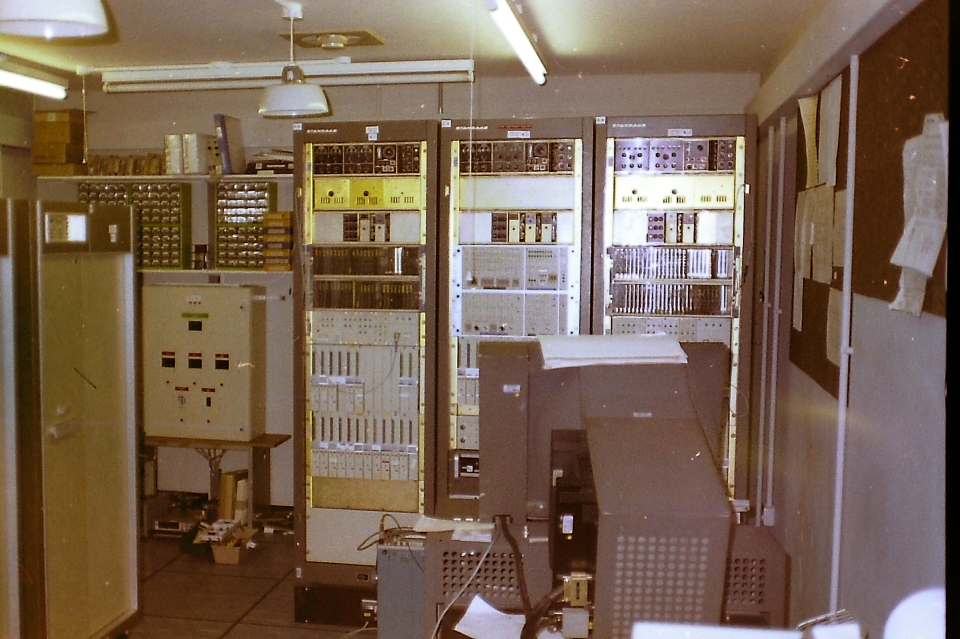













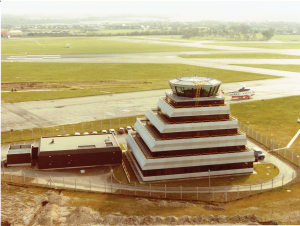

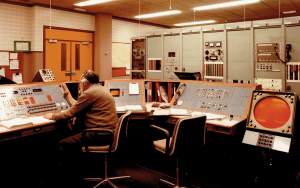




















![33 Area Course 1959 [238890]](https://atchistory.files.wordpress.com/2015/07/33-area-course-1959-238890.jpg?w=300)
![75 Radar Course, 1958 [238891]](https://atchistory.files.wordpress.com/2015/07/75-radar-course-1958-238891.jpg?w=300)

















